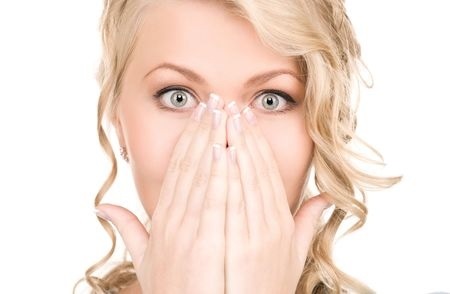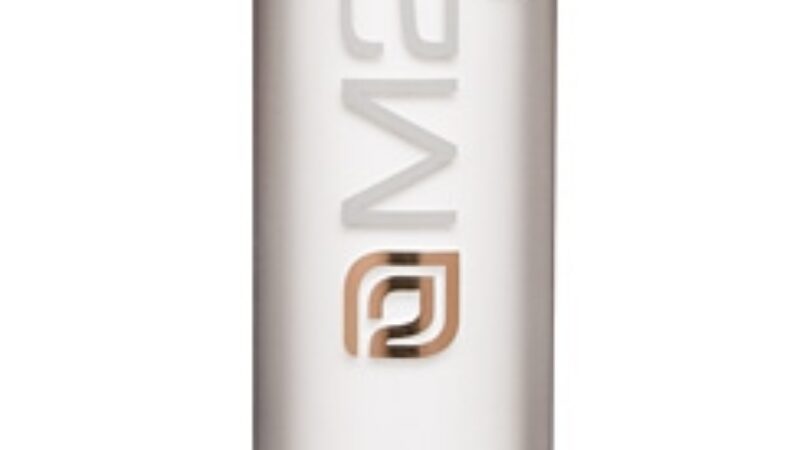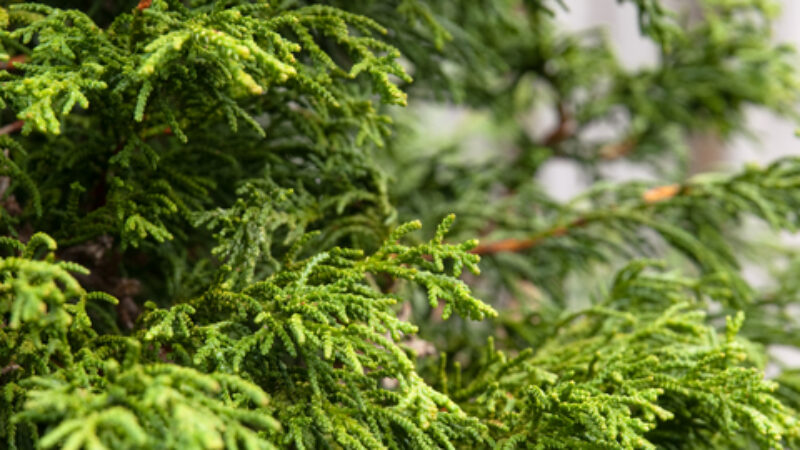We’ve come across our fair share of unlikely-sounding skin care treatments, like nightingale poo, bee venom and snail slime, but this latest tops them all: urine. Yes, that’s right, urine. Amazingly, urine therapy, or urotherapy, is not a new trend, despite becoming a topic of conversation as consumers look for ever-more natural alternatives to commercial skin care products. This tradition of using one’s own waste water to clean and purify the skin goes back at least a century and in more than one culture. However, for obvious reasons, it hasn’t quite taken off as the latest bandwagon to jump onto.
Urine is made up of 95% water and 5% of other compounds such as enzymes, salts, minerals and urea. If you think urea sounds familiar, you’d be correct. We’ve written in the past about the magic of urea . As a common ingredient in many skincare products as well as a natural moisturizer in skin itself, urea does double duty as a humectant and as a keratolytic. As a humectant, urea helps attract moisture to the skin. This water-binding ability allows the skin to maintain a healthy moisture balance and to keep the skin’s protective barrier strong to resist external irritants and bacteria. As a keratolytic, urea dissolves or breaks down the outer layer of skin, allowing it to naturally exfoliate and reveal the newer, healthier skin. The result is essentially what we all want for our faces: smooth, soft and hydrated skin.
As outlandish as it may sound, there is some slight scientific basis for using urine on the face. While there is certainly a dearth of scientific research to back up claims that urine can be used as an effective way to treat eczema, acne and a host of other skin conditions, the word amongst dermatologists and skin care professionals seems to be that, in general, it would not necessarily be harmful to pee on a cotton pad and use it as a toner (followed by cleanser and moisturizer). But, using sterile formulations of commercially available toners and skin care products is a more effective way to harness the power of urea. Besides the ick factor of the whole process, the concentration of urea in urine is much less than 5% whereas widely available creams and lotions tend to hover around the more effective 10% mark.
Just in case you’re wondering, although there is urea in urine, there is no urine in commercially used, lab-synthesized urea (we do actually get asked this once in a while!).
Don’t have the stomach for this latest fad? Stick to tried and true products like Eucerin Repair Foot Cream , Dermal Therapy Cream , Ureaka Hand Cream and Flexitol Heel Balm.



